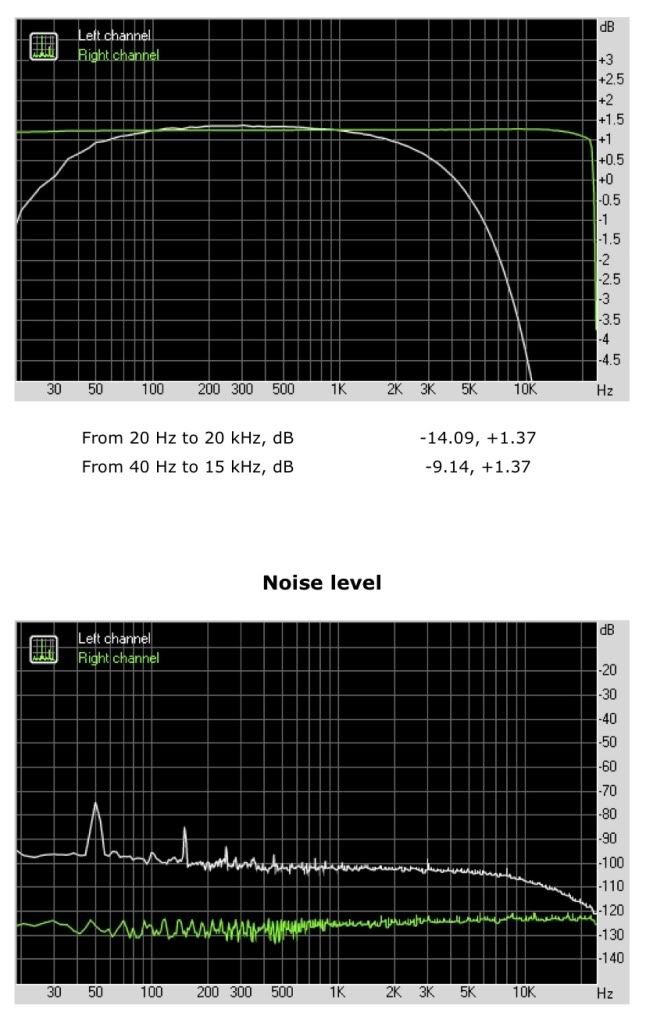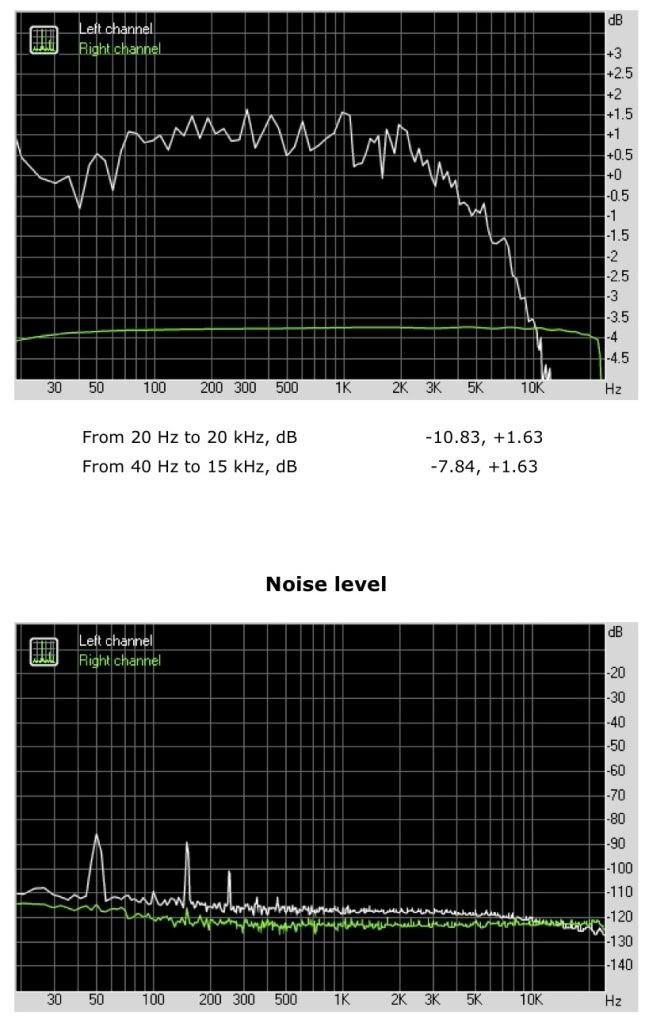letterbeacon
Well-known member
So I'm at the stage of my pre amp build where I want to measure the frequence response of it and adjust the circuit accordingly. I've seen emrr and others use Spectrafoo to measure their pre amp's frequency responses so I think I'm probably going to go down that route. Thing is, I've been reading the Spectrafoo manual and I can't for the life of me work out how I would do it!
Are there any online tutorials that I've missed when I've Googled or would someone be kind enough here to run through the basics? I know I've got to build a pad to make the impedance of my Fireface line outs mimick a mic, and I know I need to do sine sweeps, but the rest I'm finding slightly impenetrable!
Any help would be much appreciated!
Are there any online tutorials that I've missed when I've Googled or would someone be kind enough here to run through the basics? I know I've got to build a pad to make the impedance of my Fireface line outs mimick a mic, and I know I need to do sine sweeps, but the rest I'm finding slightly impenetrable!
Any help would be much appreciated!




